We’re taking the completely wrong approach to horse feeding!
We’re sometimes feeding them like fattening stock – or to be more precise: like ourselves!
We keep on measuring our horse’s needs against our own.
But a horse isn’t a chemicals lab and its intestine isn’t a test tube. If you feed your horse all the nutrients on your list, you’re meeting its nutritional needs, but you’re not giving it a healthy and natural diet.
The fundamental changes to the domesticated horse’s diet compared to a diet in the wild are the reason for the “catastrophic” state of our horses’ intestines, and this affects their entire organism. Famous Swiss physician, alchemist, and astrologer Paracelsus came to the realisation that: “Death is in the intestine!”
Very few modern day horses are genuinely healthy. Despite all our efforts to feed a range of dietary supplements, at least one out of every two horses suffers from some kind of health problem. If we consider how they eat naturally in the wild, it’s obvious why.
The “all-you-can-eat” approach to feeding hay doesn’t improve the situation, and feeding haylage or silage as a substitute for hay causes our horses even more problems. It makes them overweight and sick. It’s obvious why when you take a closer look!
The list of diet-related health problems that horses and their owners face is getting longer by the day, and even the veterinarian community is at a loss about how to turn the situation around.
Microbiologist and intestinal bacteria specialist Dr Roland Werk points out the importance of the intestinal microbiomes’ metabolic performance.
The more than 500 different types of intestinal bacteria and countless other microbes can flood the intestinal flora with either healthy or toxic metabolic products. The way it goes depends on the composition of the intestinal flora, and that is determined by diet.

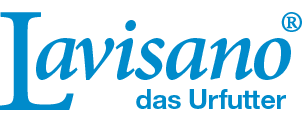


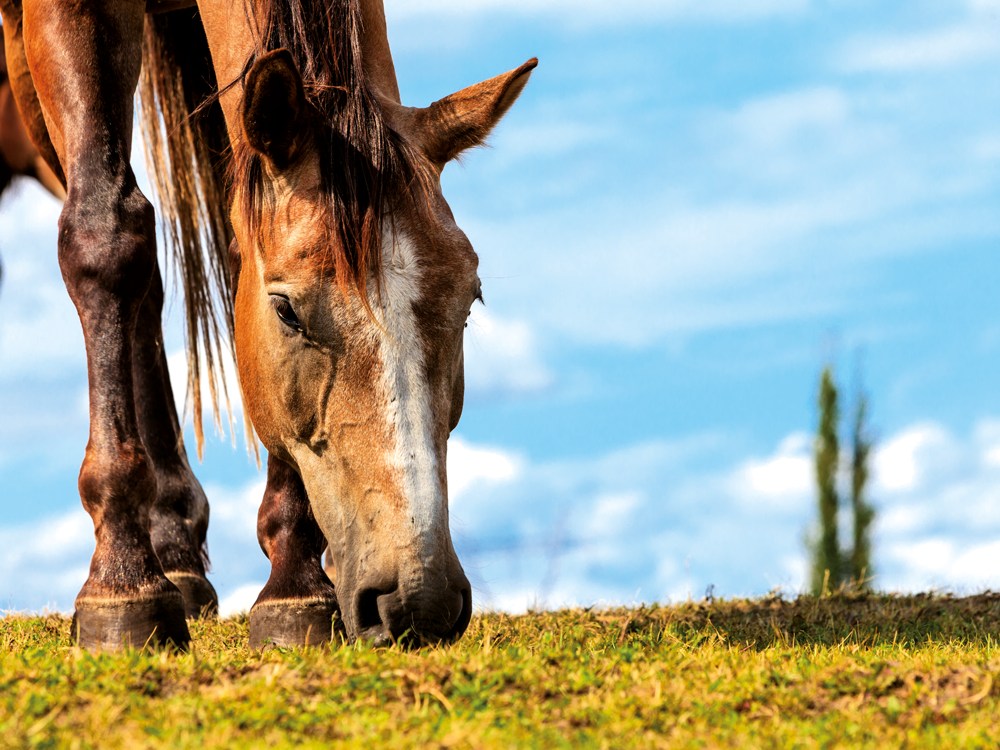
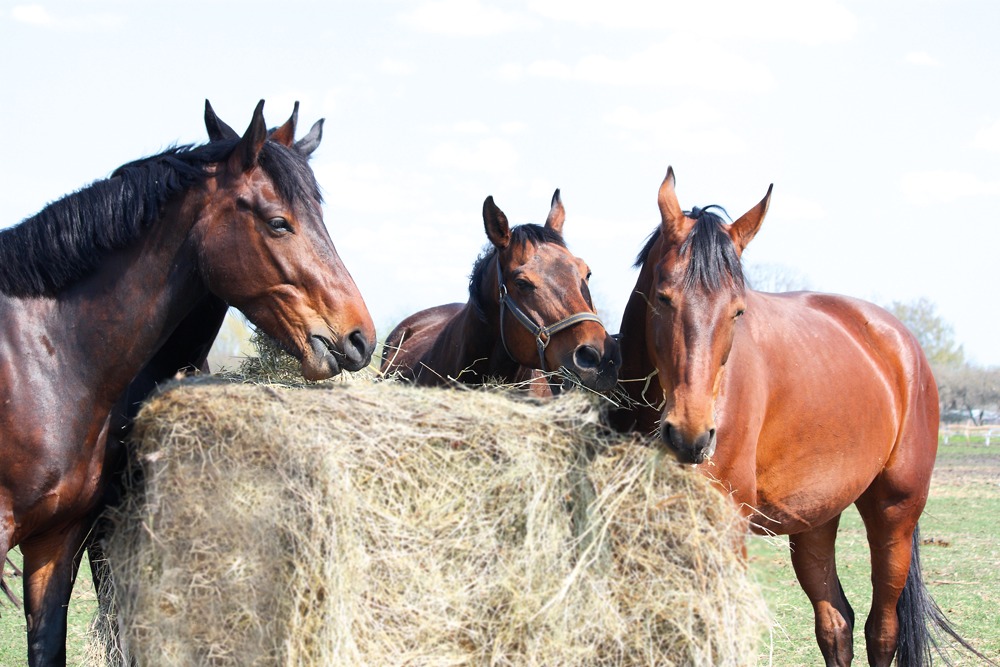
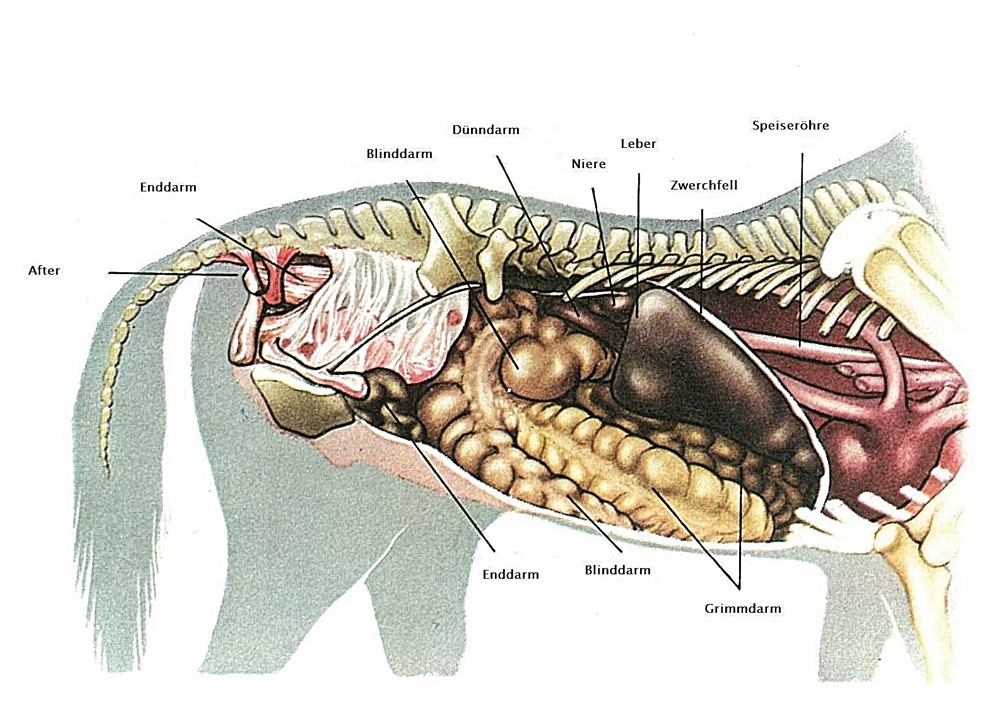
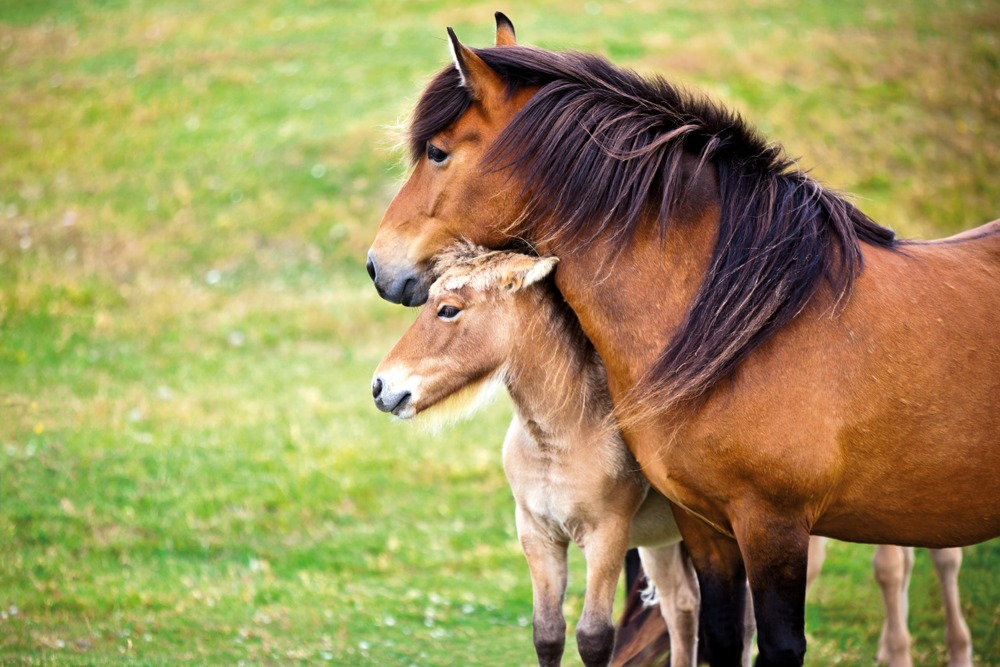
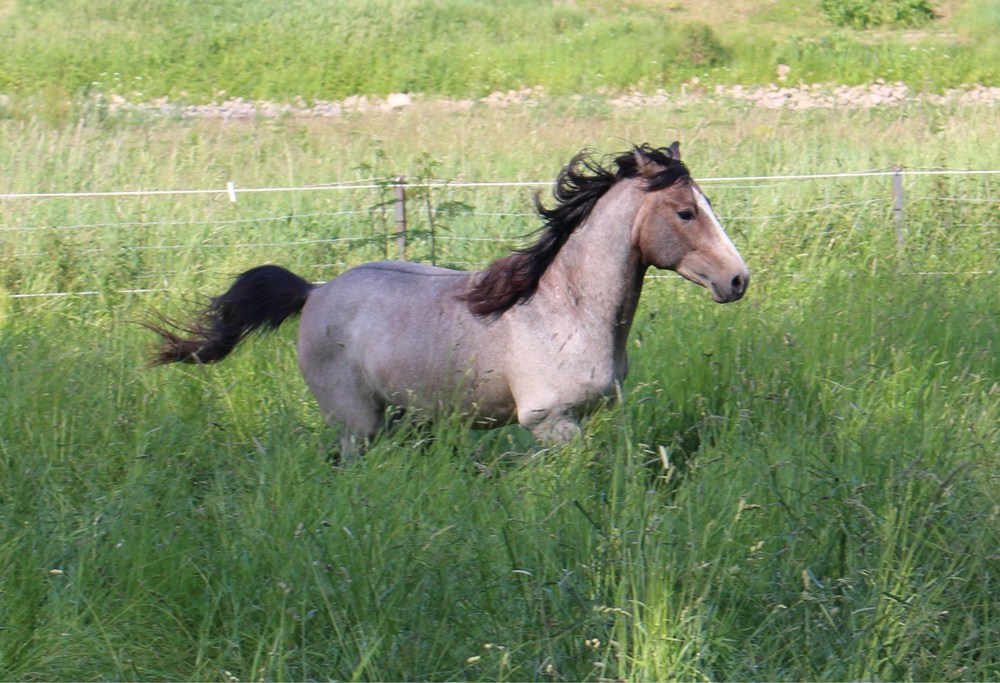

Comments are closed.